THE SOUTH AEGEAN REGION
Ephesus was the commercial center of the ancient world.
Its wealth and patronage supported its splendid architectural beauty and was dedicated to the goddess Artemis.
The enormous temple, once considered one of the Seven Wonders of the Ancient World, was rebuilt several times.
Its latest form dates from the third century B.C. The ruins also include a theater, gymnasium, agora and baths, and the Library of Celsus.
Nearby, Selcuk is dominated by a Byzantine citadel.
It stands close to the 6th-century basilica of St. John built on the site of the Apostle's tomb.
The 14th-century Isa Bey Mosque, next to the basilica is accessed through the Seljuk portal.
The Archaeological Museum houses an impressive collection recovered during the excava tions of Ephesus.
St. John brought the Virgin Mary to Ephesus after the death of Christ and she spent her last days in a small house (Meryemana Evi) built for her on Bulbuldagi (Mt.Koressos).
The Ephesus International Festival is held annually in May.
Ephesus

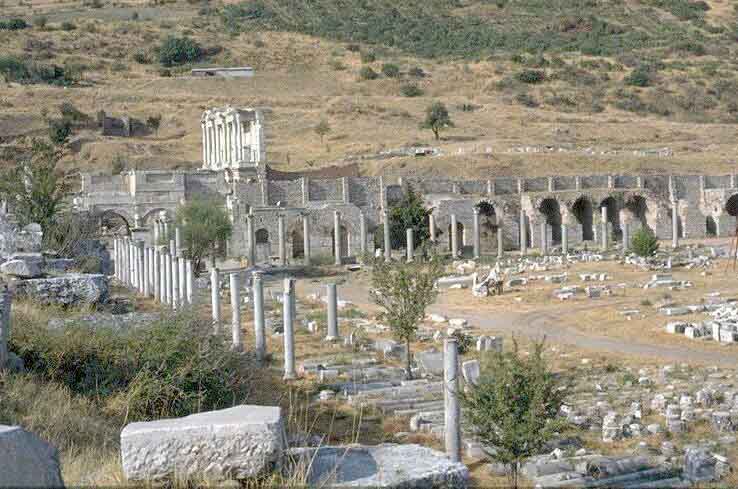
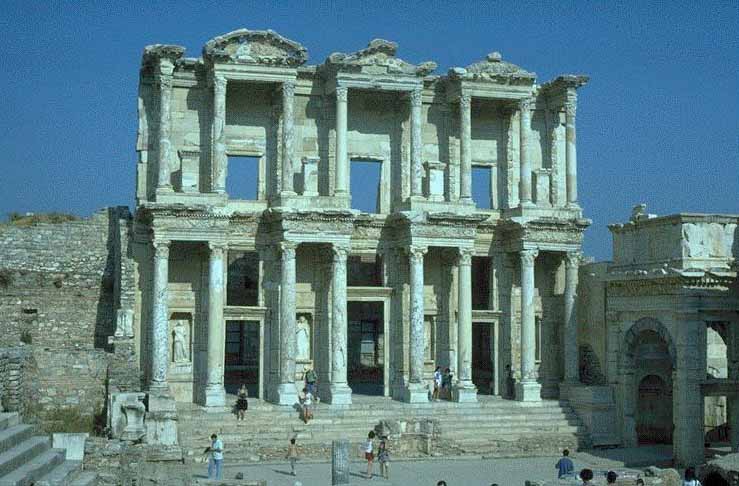
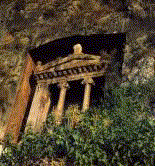

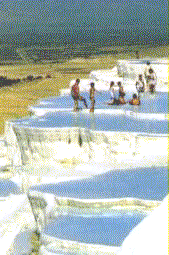
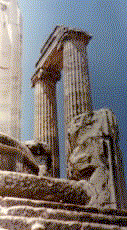
Aphrodisias, dedicated to Aphrodite the goddess of love and fertillity, rose to prominence in the first century B.C. Some of the richest treasures of ancient times were uncovered in the excavations of it. The public buildings are handsomely adorned with marble that was carved with astonishing skill, producing remarkable temples, monuments, baths, a theater and a magnificent stadium. The reputation of the city's craftsmen for the exquisite finesse of their statuary and marble sculpting spread through the civilized world, and Aphrodisias became the center of the greatest sculpting school of antiquity. Many of its marvellous works of art are now housed in the local museum. The theater and bouleuterion are among the city's best-preserved ruins.
Troy

 EMAIL ME
EMAIL ME